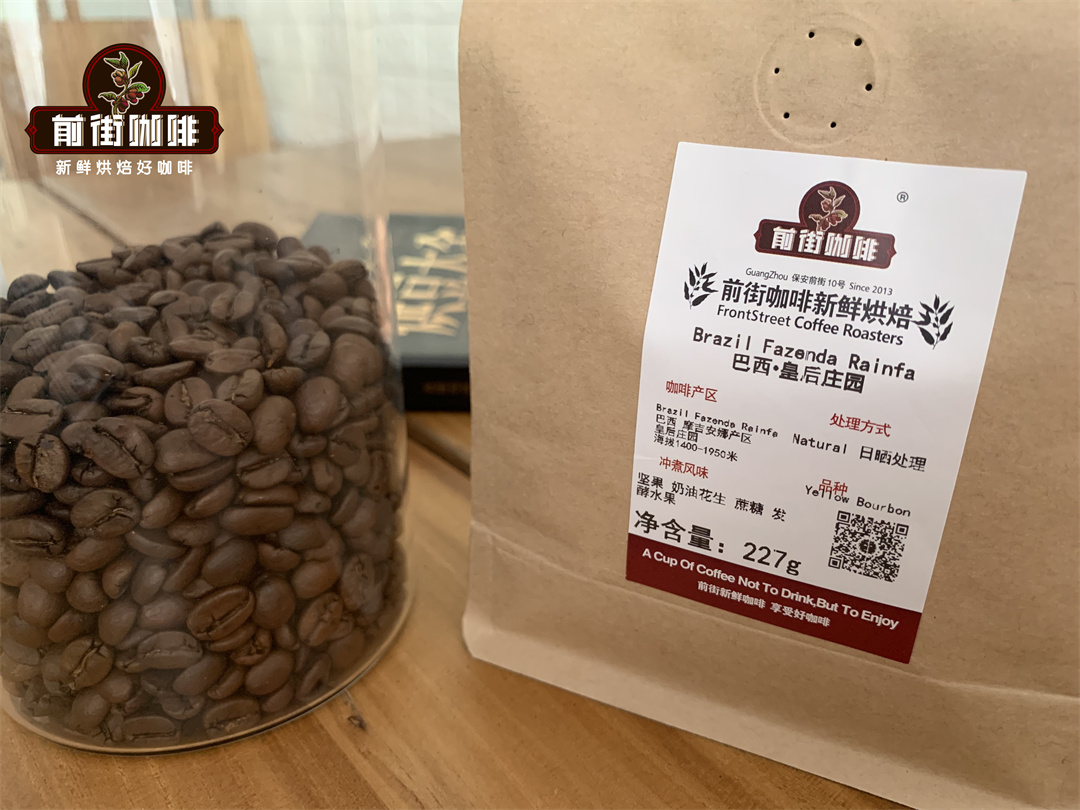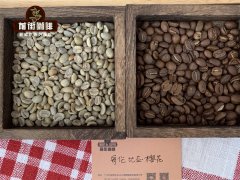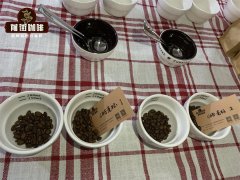World boutique coffee 5 things you should know about Brazilian boutique coffee
Brazilian coffee has a bad reputation. Quantity is greater than quality, you may hear people say. But there are a lot more beans than most people think. So, as Qianjie Coffee, I'm here to share with you five things you should know about coffee in this country. Some of them may surprise you.
The largest producer in the world
We are not talking about the size of the country here. Brazil produces a lot of coffee. The country accounts for about 1/3 of global coffee production (making it by far the largest coffee producer and exporter). In 2015, a total of 3689 million bags of 60 kg. Can you imagine how much coffee there is? As a result, the country's production and market practices have a knock-on effect on international market prices, which means that the drought in Brazil could lead to a rise in global coffee prices. This has led many coffee lovers (though certainly not all) to believe that Brazil's emphasis on quantity makes producers forget quality and makes it more difficult for Brazilian producers to sell their coffee beans.

Undervalued flavor characteristics
Most people go to Brazil to buy coffee beans for mixing espresso. There's nothing wrong with that. However, the country has produced fine coffee again and again.
More importantly, Brazil's single source is not just "enough". They are high-quality and distinctive coffee. Usually, Brazilians have strong sweetness in the form of caramel and chocolate, large-bodied wines and relatively low acidity.
This low acidity sometimes causes people to underestimate the quality of the Brazilian cup-but take another sip and you will find that the flavor is surprisingly good.
A variety of coffee
There is no doubt that there are many kinds of Brazilian coffee just mentioned. Fourteen major coffee producing areas are located in seven states, and Brazil has a wide variety of coffee beans. Look at the information on the coffee bag; you may find that the coffee comes from Minas Gerais.
Minas Gerais (Sul de Minas, Cerrado Mineiro, Chapada de Minas, Matas de Minas), Sao Paulo (Mogiana, Centro-Oeste), ESP í rito Santo (Montanhas do ESP í rito Santo, Conilon Capixaba), Bahia (Planalto da Bahia, Cerrado da Bahia and Atlantico Baiano), Paran á (Norte Pionerio do Paran á), Rondonia and even Rio de Janeiro. In so many coffee producing areas, you will find that there are many traditional and experimental varieties being planted: bourbon, Mundo Novo, Ikatu, Katuyi, Iapar, Katukai and so on.
Then there is the farm itself, from small family plantations of less than 10 hectares to large estates of more than 2000 hectares.
There are many kinds of coffee, and you will find your favorite coffee in Brazil.
Professional grade natural
Most Brazilian coffee is natural (unwashed) or naturally pulpy (semi-washed). A natural processing method means that after picking coffee cherries, they are dried as they are, without removing the peel or mucus.
So why is this important? Well, natural processing is hard to do without damaging coffee beans-but it can add rich taste, sweetness, smoothness and complexity to the appearance of coffee.
The climate of Brazil, with little rainfall and long sunshine, is very suitable for natural processing.
A complex classification system
Compared with the coffee classification systems of most producing countries, Brazil's classification system is very detailed. Coffee is ranked according to hue classification, color and cup test. Coffee beans are rated from the best to the worst because of strict soft, soft, softish, hard, riada, graded transparency.
Important Notice :
前街咖啡 FrontStreet Coffee has moved to new addredd:
FrontStreet Coffee Address: 315,Donghua East Road,GuangZhou
Tel:020 38364473
- Prev

Colombian Coffee guerrilla Coffee Farmer is the best coffee in the Narino coffee growing area in the south?
In front street coffee, a series of new bean varieties are often tested, while coffee from Colombia shows obvious sweetness and chocolate flavor in most cases, with some fruity flavours. Red fruit notes such as caramel, apple and berry. The aroma sometimes has a hint of citrus and fruit, with a hint of spice. For Colombian coffee, comments
- Next

Does the coffee cup test produce fine coffee? how does the flavor wheel help the coffee cup test?
In the coffee world, two chefs defined this unique product called coffee: the roaster and the professional barista. Use fire and a roaster to turn dry coffee beans into something completely different. Baristas use his knowledge and experience to brew roasted beans, extract aromas from hand-brewed coffee and make perfect coffee drinks. First of all, anyone can be a good taster. Secondly, change
Related
- What brand of black coffee is the most authentic and delicious? what are the characteristics of the flavor of the authentic Rose Summer Black Coffee?
- Introduction to the principle and characteristics of the correct use of mocha pot A detailed course of mocha pot brewing coffee is described in five steps.
- Which is better, decaf or regular coffee? how is decaf made?
- How much is a bag of four cat coffee?
- How about four Cat Coffee or Nestle Coffee? why is it a cheap scam?
- Which is better, Yunnan four Cats Coffee or Nestle Coffee? How about cat coffee? is it a fake scam? why is it so cheap?
- How about Cat Coffee? what grade is a hoax? which instant coffee tastes better, four Cat Coffee, Nestle Coffee or G7 coffee?
- Process flow chart of coffee making-Starbucks coffee making process what coffee tastes good at Starbucks
- The top ten best coffee beans in the world Rose summer coffee or Tanzanian coffee tastes good
- Yunnan four cat coffee is good to drink?_four cat coffee is a big brand? four cat blue mountain coffee is fake?

